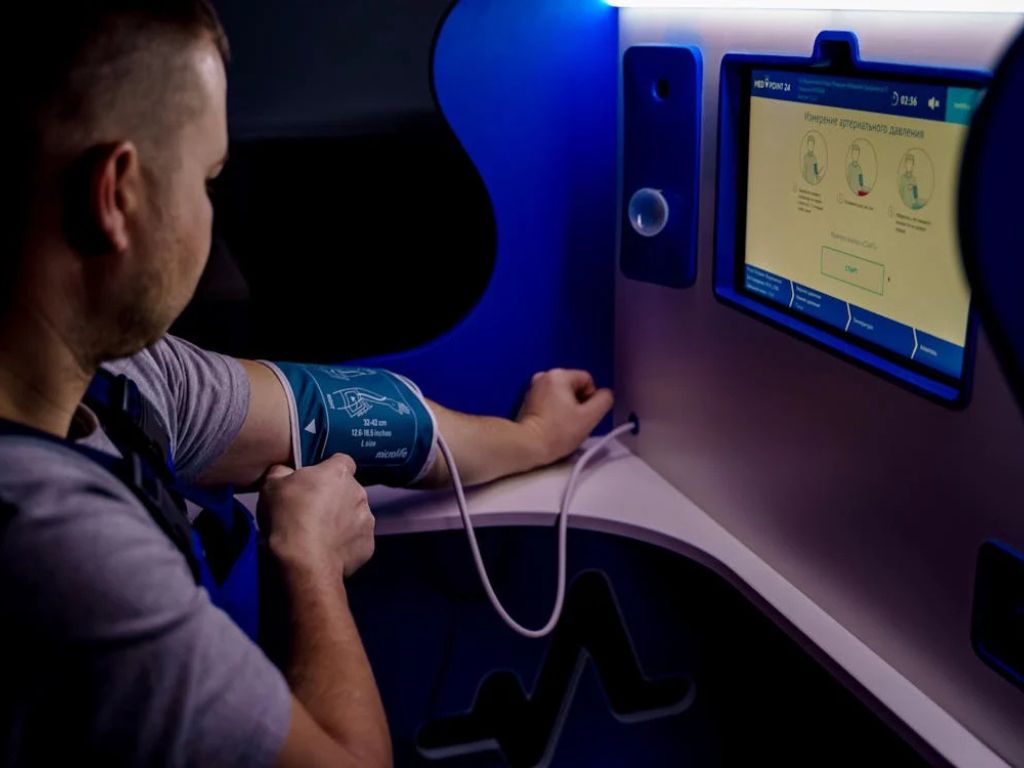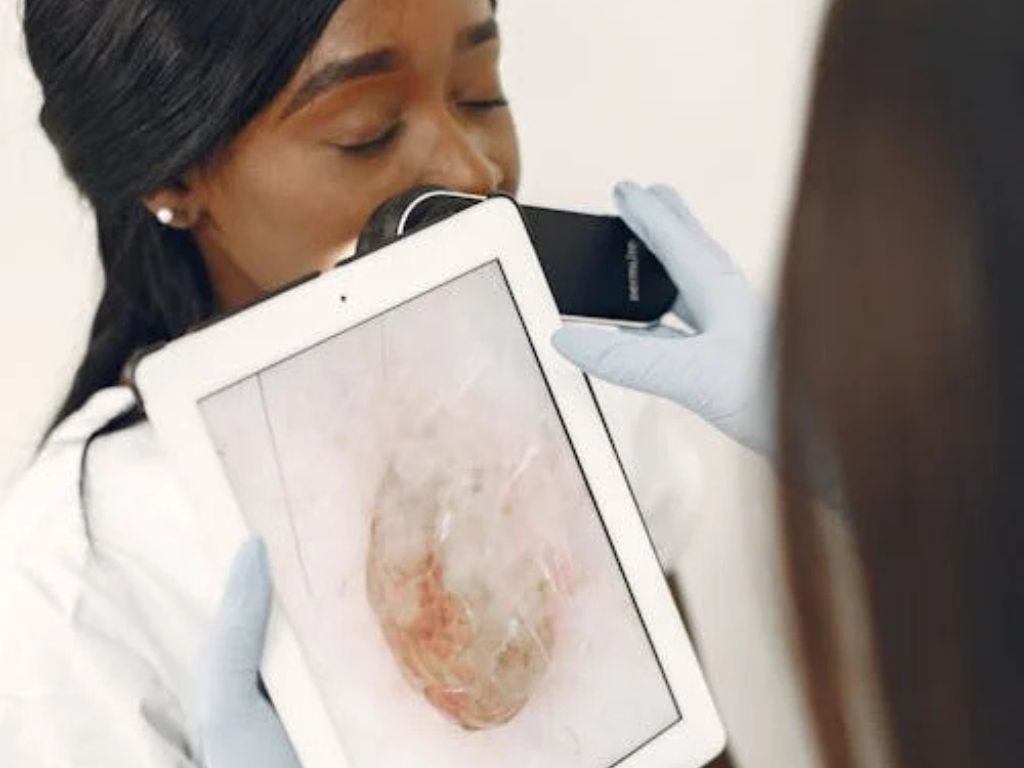In recent years, technology has revolutionized nearly every sector, and healthcare is no exception. From digital diagnostics to Artificial intelligence (AI), technology in healthcare is not only improving patient outcomes but also reshaping the way we approach medical practices and health management.
Here, we explore some of the most significant ways technology is evolving in the health industry, transforming it into a more efficient, accessible, and personalized experience for everyone.
1. Telemedicine: Bridging the Gap
Telemedicine has come a long way, especially accelerated by the COVID-19 pandemic. This innovation allows patients to consult with healthcare professionals remotely, eliminating barriers like distance and travel. Through video calls and mobile apps, patients can receive timely care from the comfort of their homes.
This technology is especially beneficial for those living in remote areas or with limited access to healthcare facilities.
Additionally, telemedicine helps reduce patient wait times and the burden on emergency rooms, creating a more efficient healthcare delivery system.
2. Artificial Intelligence in Diagnosis and Treatment
AI has become a powerful tool in diagnosing and treating diseases. Through machine learning and predictive algorithms, AI can analyze vast amounts of medical data much faster than human doctors, leading to faster and more accurate diagnoses.
For instance, AI algorithms can detect signs of conditions like cancer in radiology scans with remarkable accuracy. In addition to diagnosis, AI is being used in personalized medicine, where treatments are tailored to individual genetic profiles.
This approach ensures that patients receive the most effective care based on their unique biology, enhancing treatment success rates.
3. Wearable Health Devices for Real-Time Monitoring

Wearable technology, such as fitness trackers and smartwatches, has empowered people to monitor their health in real time. These devices can track various health metrics, including heart rate, sleep patterns, and physical activity. More advanced wearables can even monitor blood oxygen levels, ECG readings, and blood pressure.
The real-time data collected by these devices allow users to make more informed health choices and alert them to potential health issues early.
Healthcare providers can also use this data to monitor patients with chronic conditions, enabling proactive intervention and reducing hospital visits.
4. Robotics in Surgery and Patient Care
Robotic-assisted surgeries are gaining popularity due to their precision and minimally invasive nature. Robots such as the da Vinci Surgical System allow surgeons to perform complex procedures with enhanced control and accuracy. These systems reduce the likelihood of human error, shorten recovery times, and minimize scarring for patients.
Beyond surgery, robots are also being used in patient care settings, such as elderly care facilities, where they assist with routine tasks and help reduce the strain on healthcare staff.
5. Big Data and Predictive Analytics
Big data in healthcare refers to the enormous amounts of health information generated from various sources, such as Electronic Health Records (EHRs), clinical trials, and wearable devices. By harnessing this data, healthcare providers can identify patterns and trends that help predict outbreaks, manage chronic diseases and improve treatment plans.
Predictive analytics, a component of big data, allows for early detection of diseases, enabling preventive measures before the condition becomes severe. Hospitals can also use predictive analytics to optimize their resource management, such as predicting bed occupancy rates and managing staff accordingly.
6. Blockchain for Secure Patient Data Management
In an era where data privacy is paramount, blockchain technology offers a secure solution for managing patient records. Blockchain’s decentralized nature ensures that medical records are tamper-proof, transparent, and accessible only to authorized individuals. This technology can help prevent data breaches, a growing concern in healthcare.
Furthermore, it allows for seamless data sharing across different healthcare providers, which is particularly useful when patients move between hospitals or require multi-specialty care. Blockchain can simplify processes like verifying credentials, reducing administrative costs, and ensuring data integrity.
7. Virtual Reality (VR) and Augmented Reality (AR) in Training and Therapy

Virtual reality and augmented reality are making waves in medical training and therapy. Medical students and professionals can use VR simulations to practice complex surgeries and procedures in a risk-free environment, gaining hands-on experience before entering an operating room.
In therapy, VR is being used for pain management and treating mental health conditions like PTSD, anxiety, and phobias. By immersing patients in controlled environments, VR can help them confront and manage these issues effectively.
8. Genomics and Personalized Medicine
With advances in genomics, healthcare is shifting towards more personalized medicine. Genomic testing allows doctors to understand an individual’s genetic makeup, making it possible to predict susceptibility to certain diseases and create highly customized treatment plans.
For example, pharmacogenomics , a field combining genomics and pharmacology, can help determine which medications and dosages will be most effective for a particular patient, reducing the trial-and-error process in drug prescriptions.
Personalized medicine represents a shift from a one-size-fits-all approach to a tailored treatment strategy, significantly improving outcomes.
9. Mobile Health Apps for Self-Management and Prevention
Mobile health (mHealth) apps are empowering individuals to take control of their health. These apps offer a range of functions, from tracking daily activity levels and calorie intake to providing mental health support and medication reminders. Some mHealth apps even offer virtual consultations with doctors, allowing users to access healthcare without leaving home.
By promoting a proactive approach to health management, mHealth apps are helping users prevent diseases and improve overall wellness, reducing the need for reactive healthcare.
10. 3D Printing in Medical Devices and Prosthetics
3D printing technology has transformed the creation of medical devices, implants, and prosthetics. Custom-made prosthetic limbs and implants can now be produced faster and at a lower cost than traditional methods.
3D printing also allows for the creation of surgical tools and models of patient-specific anatomy, helping surgeons plan complex procedures with greater accuracy. For patients, 3D-printed medical devices offer a more personalized solution that enhances comfort, fit, and functionality.
Final Thoughts
As technology continues to evolve, its impact on healthcare will only deepen. From improving diagnostics to enabling personalized treatment plans, these innovations are enhancing healthcare delivery and outcomes across the board.
While challenges remain—such as data privacy and equitable access to these advanced technologies—the benefits are clear. The healthcare industry is embracing a tech-driven future, one that is not only more efficient but also holds the potential to make high-quality healthcare accessible to all.




1 Comment